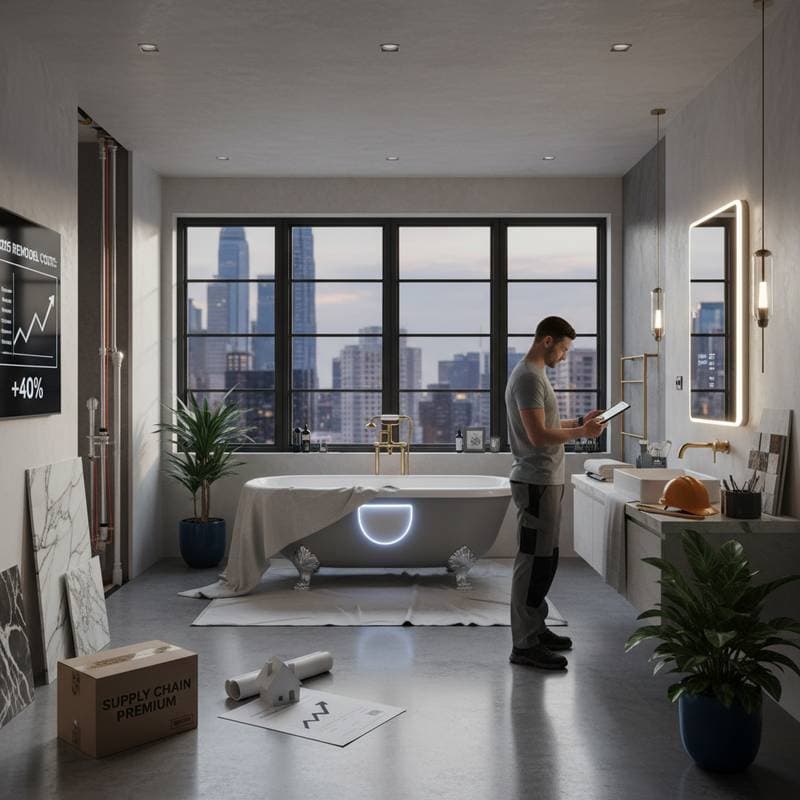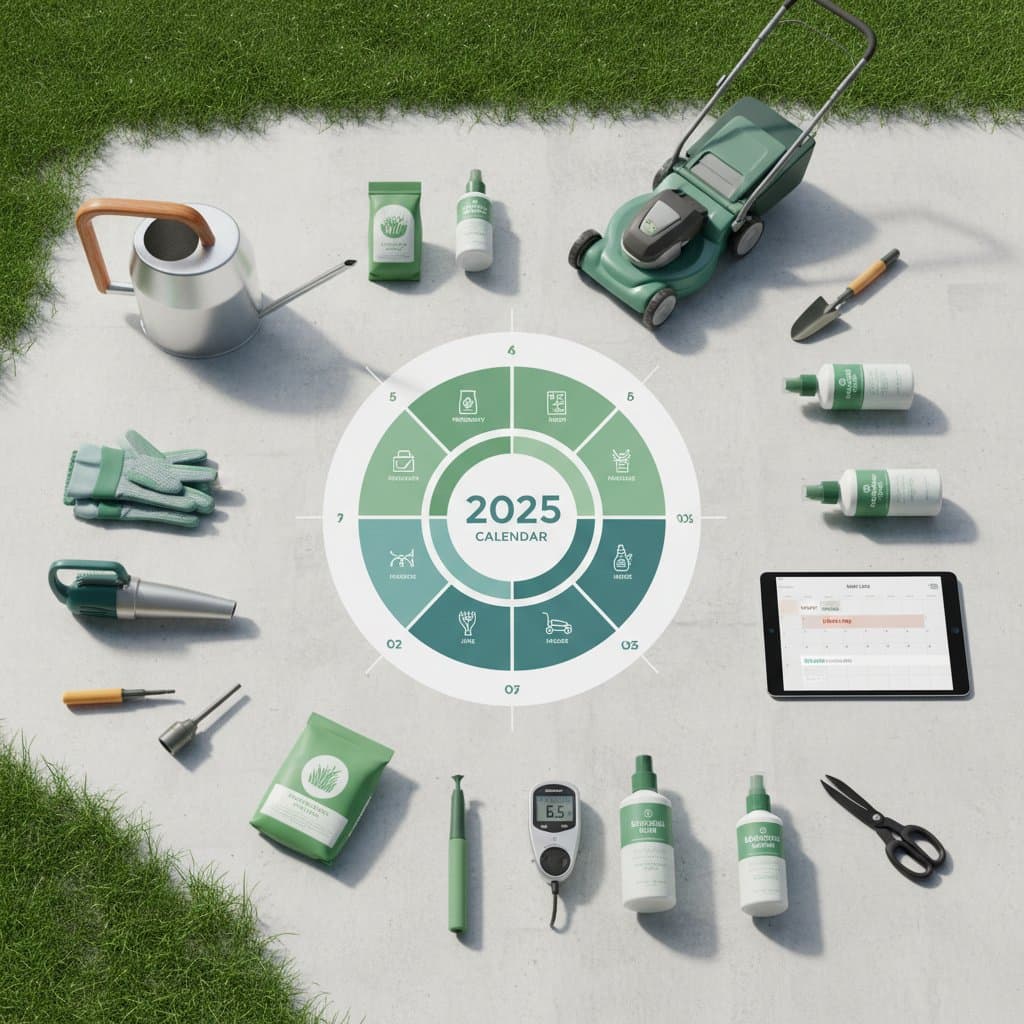2025 Bathroom Remodel Costs: What to Expect This Year
A bathroom remodel transforms the functionality and appeal of a home. Homeowners seek spaces that range from modern efficiency to relaxing sanctuaries. Understanding costs enables better planning. Factors such as materials, labor, layout modifications, and finish levels determine expenses. Selecting the appropriate contractor and budgeting carefully turns an ordinary bathroom into a valuable asset that enhances daily comfort and property worth.
National Averages and Typical Price Ranges
Costs for a standard bathroom remodel vary based on room dimensions and material quality. For a compact bathroom with essential updates, expect expenses between $5,000 and $15,000. Mid-level projects, including upgraded fixtures and moderate design changes, typically range from $15,000 to $30,000. Luxury renovations featuring bespoke cabinetry, premium tiles, and high-end fixtures often surpass $40,000.
These estimates cover materials, labor, and routine plumbing or electrical adjustments. Structural alterations, like relocating a shower or enlarging the area, escalate totals significantly. Data from renovation specialists indicate that labor comprises 40 to 60 percent of the overall budget, varying by geographic location and professional expertise.
Factors That Influence Bathroom Remodel Costs
Multiple elements determine the final expense of a bathroom renovation. Homeowners benefit from evaluating these to align aesthetics, utility, and finances effectively.
-
Bathroom Size and Layout
Larger spaces demand greater quantities of tiles, paint, and fixtures. Layout adjustments extend labor hours, as plumbers and electricians reroute pipes and wiring to comply with building codes. -
Fixture Quality
Selections for bathtubs, toilets, faucets, and lighting impact budgets substantially. A basic bathtub costs around $300 to $500, whereas a freestanding model or custom walk-in shower with frameless enclosure reaches $2,000 to $5,000. -
Material Selection
Porcelain tiles provide durability at $2 to $5 per square foot, while natural stone options like marble cost $10 to $20 per square foot. Countertops mirror this spectrum: laminate surfaces run $20 to $50 per square foot installed, compared to quartz or granite at $50 to $100 per square foot. -
Labor and Contractor Rates
Expert workmanship drives a significant portion of costs. Licensed professionals guarantee adherence to safety standards and regulations, though their services include markup. Attempting do-it-yourself tasks lowers immediate outlays, but errors in complex areas invite expensive fixes later. -
Permits and Inspections
Modifications to plumbing or electrical components necessitate permits in most jurisdictions. Fees range from $100 to $500, depending on local requirements and project scope.
Budgeting Strategies for a Bathroom Remodel
Establishing a detailed budget upfront avoids unforeseen financial strain. Identify essential elements first, such as improved ventilation or accessible features, then allocate for desirable additions like decorative accents.
Smart Budget Tips:
- Set a Contingency Fund: Allocate 10 to 15 percent of the budget for surprises, including undetected mold or supply chain delays.
- Compare Estimates: Obtain itemized proposals from three or more contractors, specifying material sources, labor hours, and project milestones.
- Reuse or Refurbish: Restore existing cabinets with fresh paint and hardware for $200 to $500, or refinish a tub for under $1,000, preserving thousands in potential spending.
- Shop Sales and Discounts: Monitor promotions at home improvement retailers for 20 to 40 percent off on vanities, mirrors, and flooring during peak seasons like spring or fall.
- Phase the Project: Tackle high-impact areas like the shower first, postponing cosmetic details to spread costs over time.
DIY vs. Hiring a Professional
Certain tasks suit homeowner involvement, including wall painting, hardware swaps, or mirror installations, which save 20 to 30 percent on labor while building personal satisfaction. Larger efforts, however, demand professional skills. Plumbing errors risk water damage costing $1,000 or more to repair, and electrical missteps violate codes, potentially lowering resale value.
Experienced remodelers offer specialized knowledge, liability protection, and performance guarantees. Feedback from online communities highlights that professional teams complete jobs 20 to 30 percent faster with minimal callbacks for adjustments.
Trends Shaping Bathroom Remodels
Current designs emphasize sustainability alongside visual appeal. Low-flow toilets reduce water use by 30 percent, LED fixtures cut energy consumption, and efficient fans maintain air quality without excess power draw. Eco-friendly choices like recycled glass tiles or low-VOC paints appeal to environmentally conscious owners.
Organic textures gain traction: wood-grain porcelain mimics hardwood at a fraction of the maintenance, bamboo cabinets resist humidity, and matte black fixtures add contemporary edge. Technology integrates seamlessly, with app-controlled thermostats for heated floors or voice-activated lighting that enhances usability.
Color palettes favor serene bases in white or gray, accented by earthy hues like deep green or warm beige for subtle drama. Open layouts with floating shelves and minimalistic storage maximize perceived space, as noted in popular design showcases.
Protecting Your Remodel Investment Through Maintenance
Routine care preserves the freshness of a renovated bathroom over time. Select pH-neutral cleaners to safeguard grout lines and surface finishes from wear. Inspect and reseal caulk around tubs and sinks every six months to block water intrusion.
Operate exhaust fans during showers to control moisture levels and prevent mold formation. Schedule professional inspections annually for hidden issues like pipe corrosion. These practices not only prolong material lifespan but also sustain the bathroom's role as a key selling point, ensuring long-term financial returns.
A thoughtful bathroom remodel rewards with enhanced living quality and increased home equity. Focus on durable selections and strategic planning to realize a space that serves daily needs while reflecting personal style.





